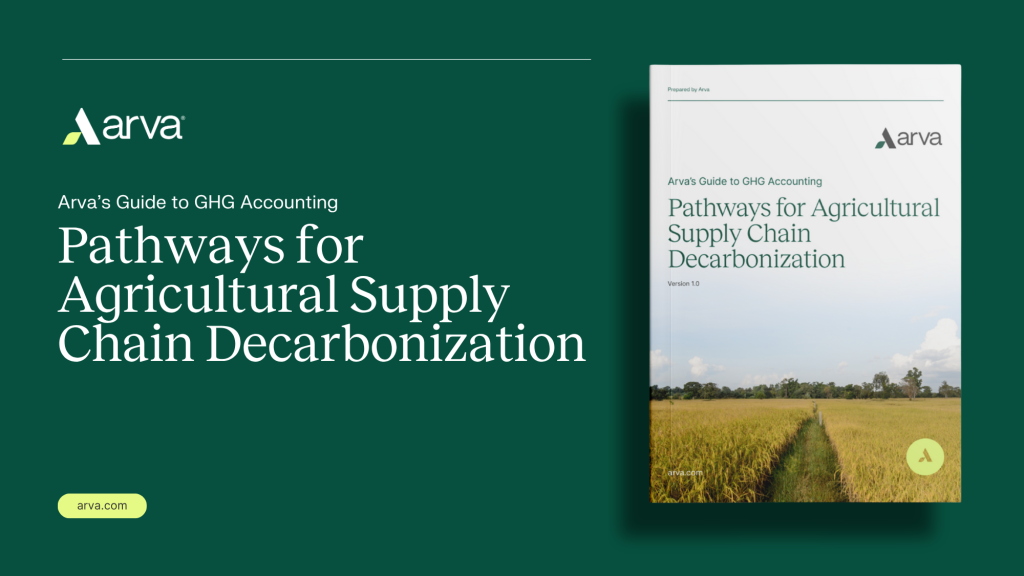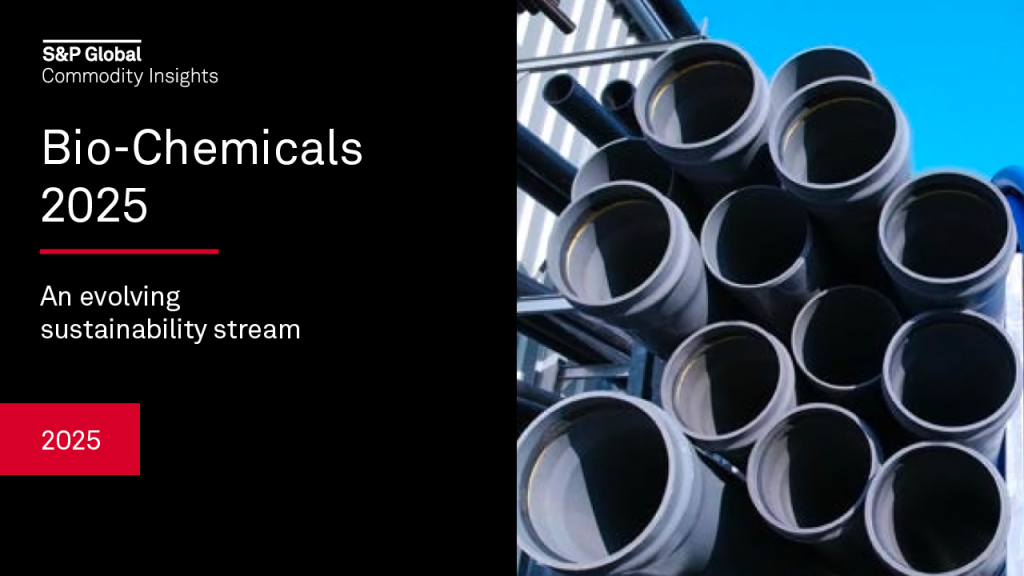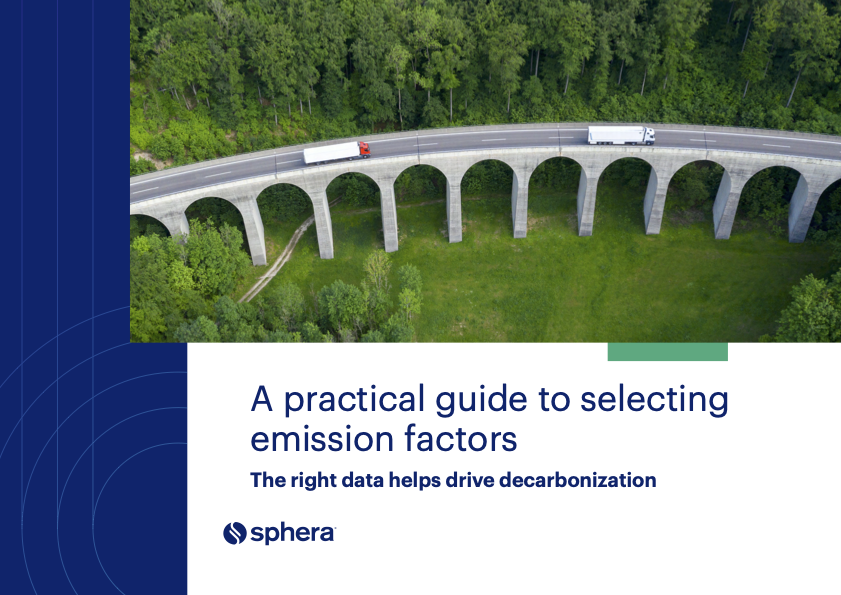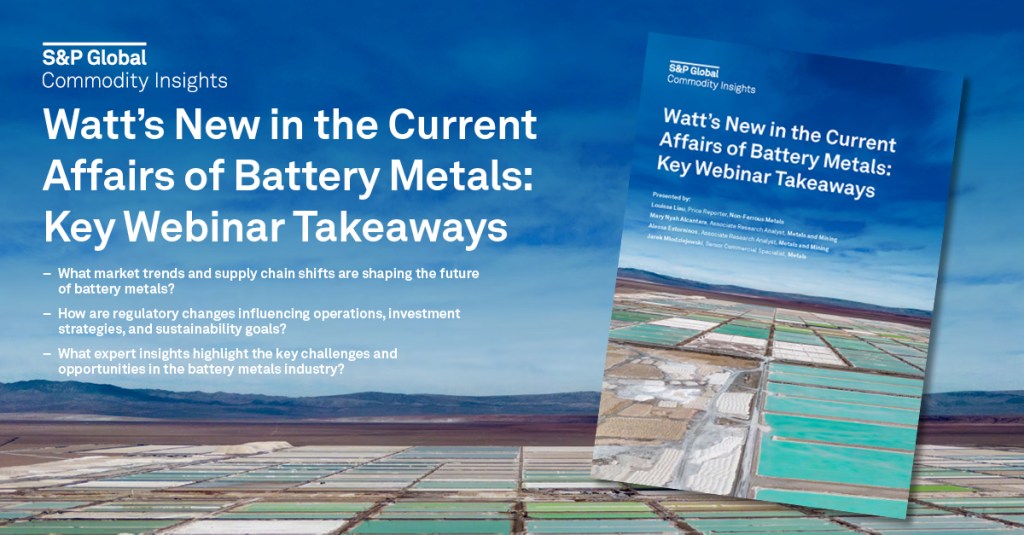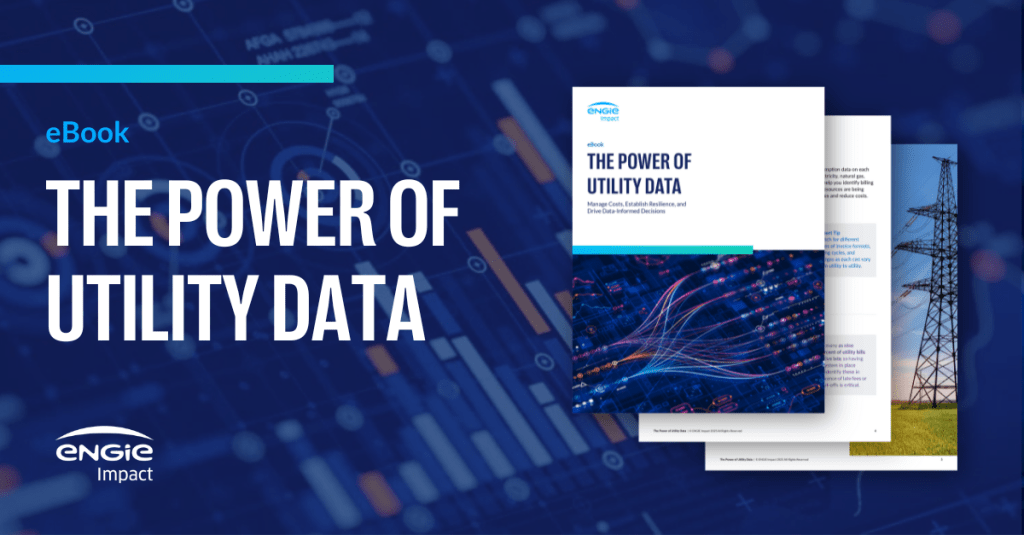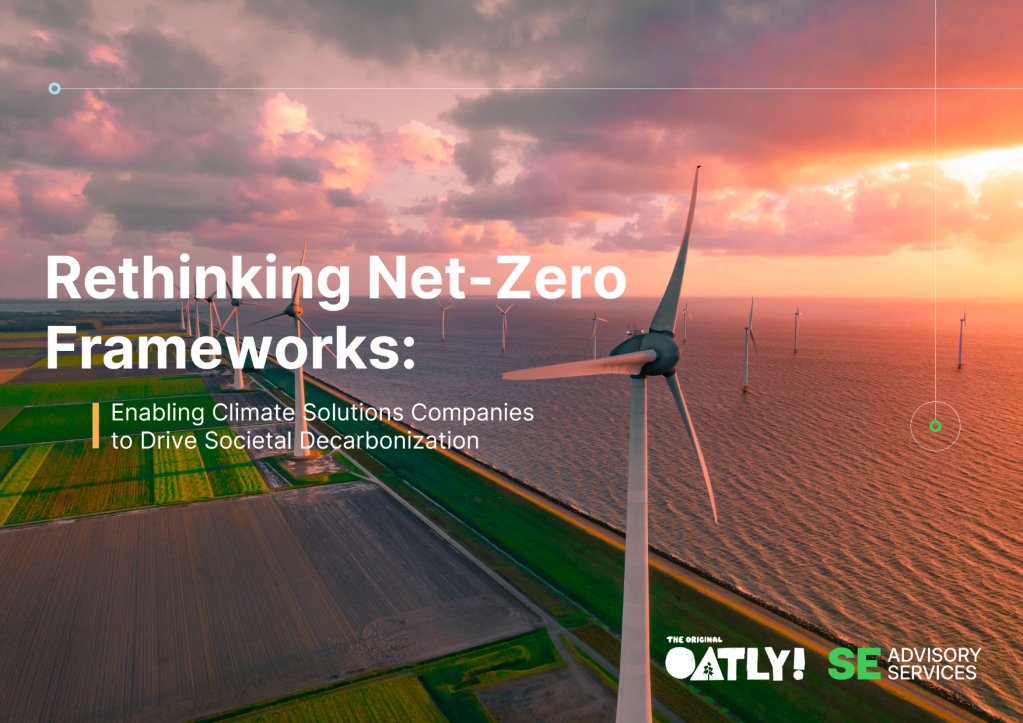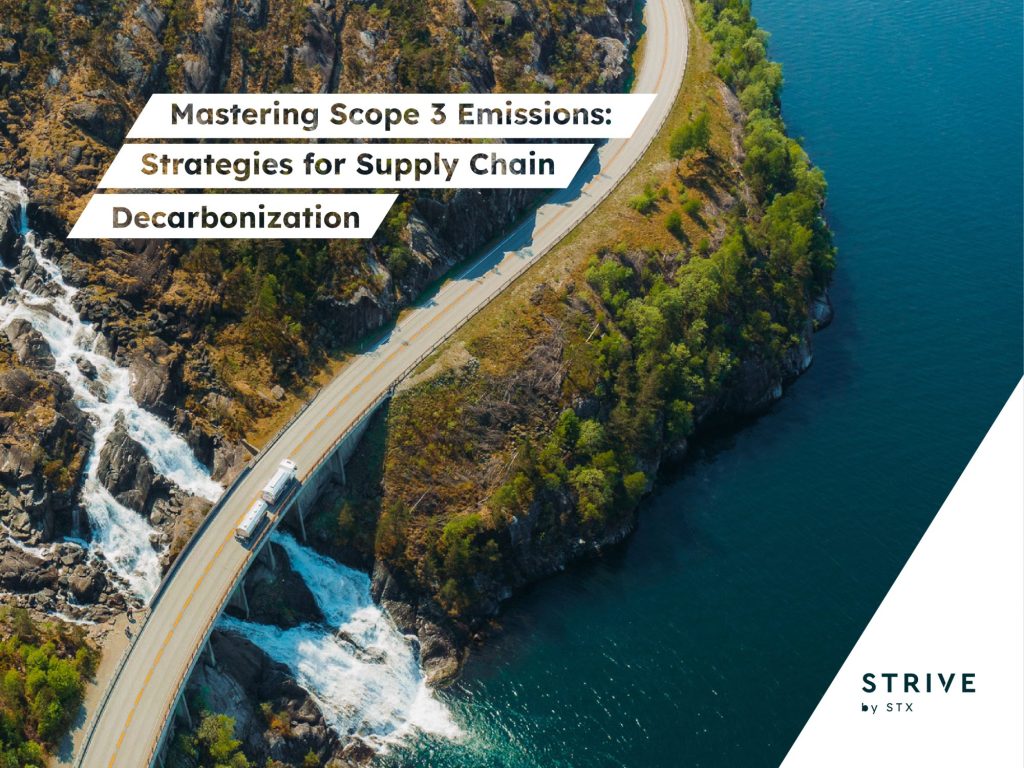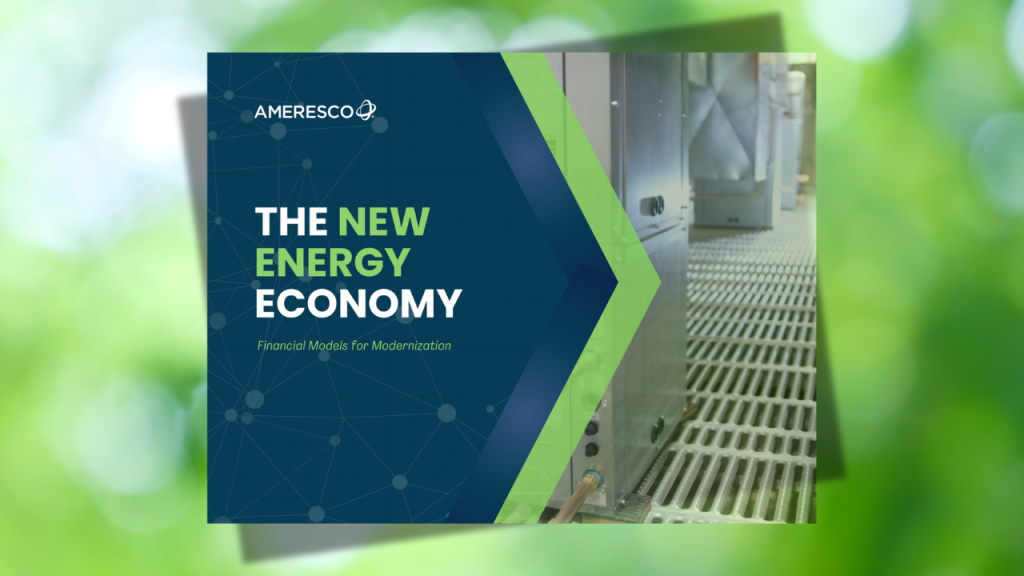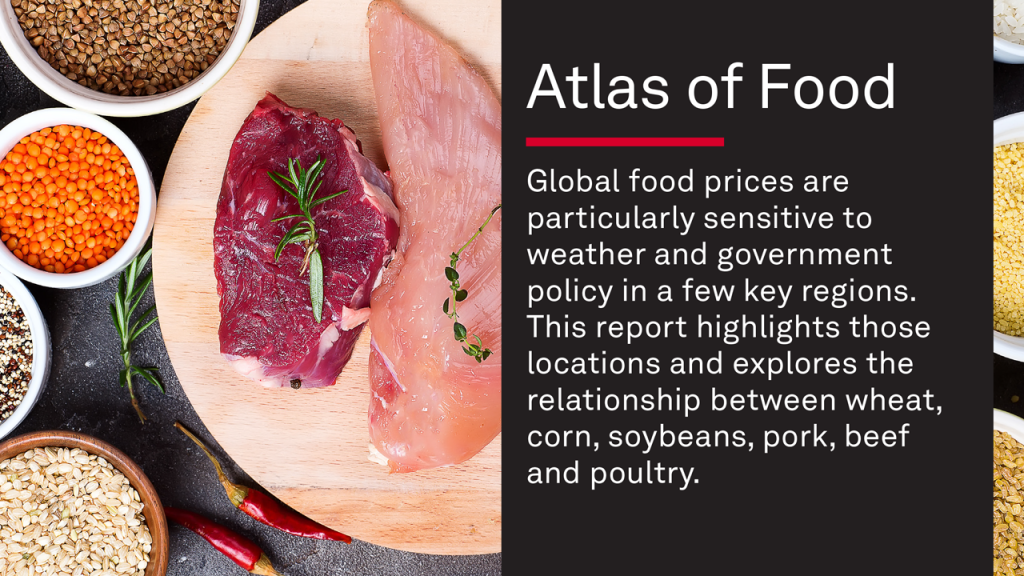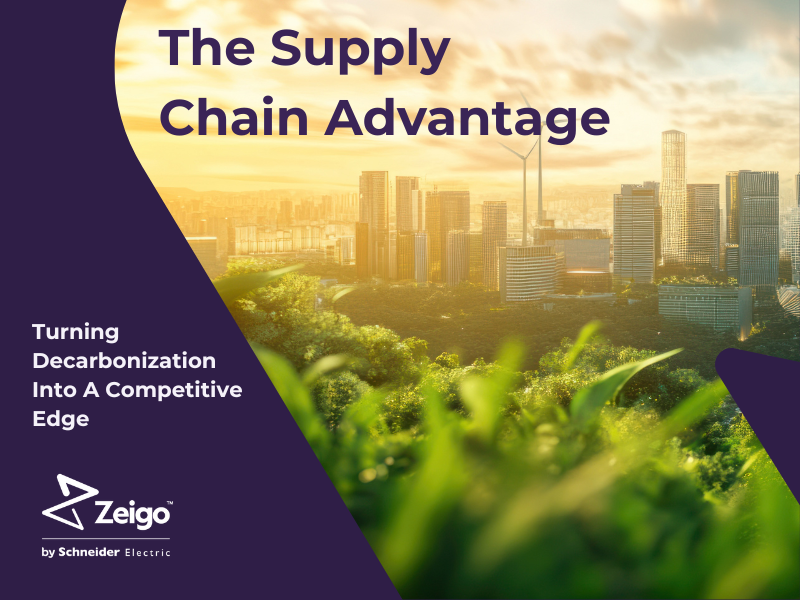New competition pushes companies to invest in carbon removal
XPrize and ClimeFi have announced a new ‘leaderboard’ to recognize achievements in durable carbon removal. Read More
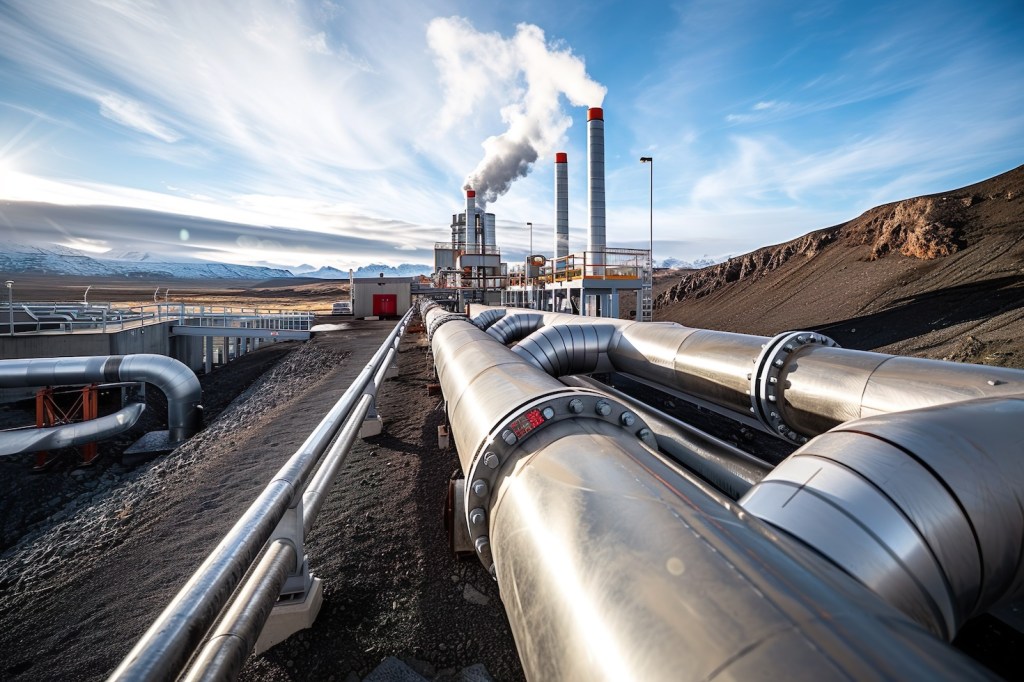
Can the world’s 1,000 largest companies each commit to purchasing 1,000 tons of durable carbon removal (CDR) in 2025? That’s the goal of the Global 1000 CDR Challenge, announced at the COP29 summit in Baku, Azerbaijan.
The market for durable CDR — which captures and stores carbon using geological reservoirs and other long-term solutions — is driven by a small number of buyers. In 2024, Microsoft alone was responsible for 80 percent of the 6.4 million metric tons of durable CDR purchased worldwide, according to data from Carbon Direct, a carbon management firm. The next largest buyers were Airbus at 0.4 million tons and Equinor at 0.3 million tons.
The new challenge, a collaboration between XPrize and ClimeFi, a portfolio manager for removal assets, will pit Fortune 1000 companies against each other to motivate new entrants to join the market. Challenge organizers will monitor purchases and recognize any companies that buy more than 1,000 tons by adding them to the leaderboard.
Project Decarbonize: The Current State of Corporate Renewable Energy Adoption

Beyond target-setting
There’s no doubt others will need to follow in Microsoft’s footsteps if carbon removal is to deliver real climate benefits. A 2023 University of Oxford study found that direct air capture and other novel forms of CDR must scale 30-fold by 2030 and several thousand-fold by 2050 to limit warming to 1.5 or 2.0 degrees Celsius.
“This is not just about setting targets; it’s about rapidly scaling the market to ensure that CDR projects can secure the significant financing they require to be truly effective,” said Nikki Batchelor, executive director of XPrize’s carbon removal competition, an existing challenge that’s separate from the leaderboard. “By incentivizing companies through this challenge, we’re catalyzing action and laying the foundation for large corporations to access a supply of high-quality carbon removal needed to realize their Net Zero targets.”

Subscribe to Trellis Briefing
Featured Reports

